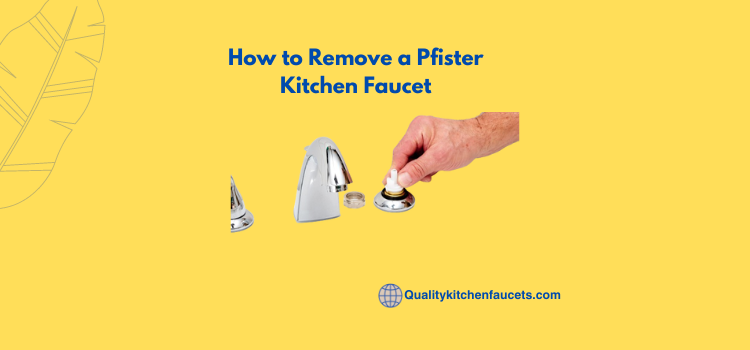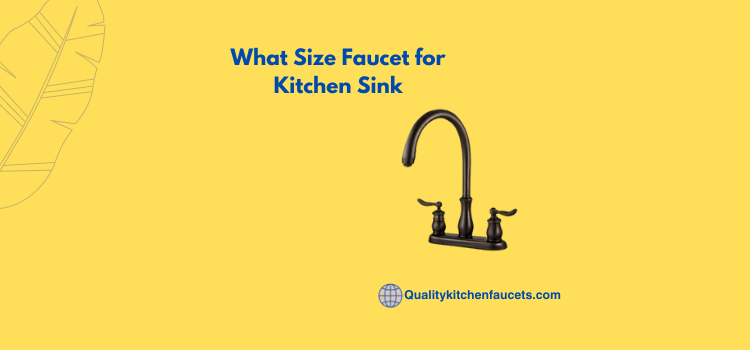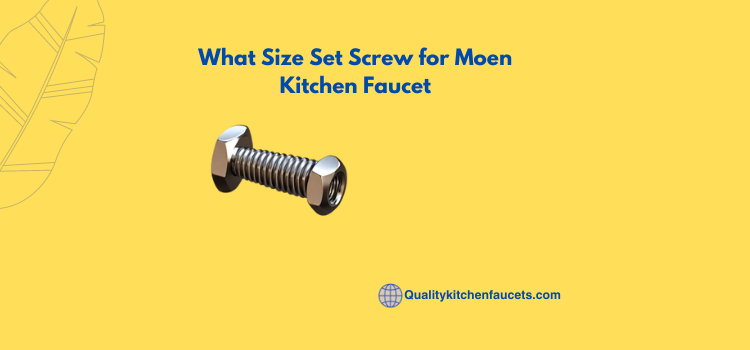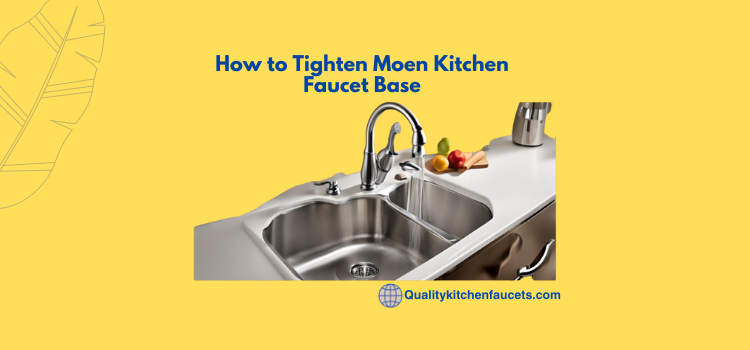How to Remove a Pfister Kitchen Faucet
How to remove a Pfister kitchen faucet can seem daunting, especially if you’re tackling the task for the first time. The process involves understanding the faucet’s design, handling plumbing tools, and ensuring you don’t damage your plunger or countertop. Many homeowners face the challenge of dripping faucets, leaks, or the desire to update their kitchen’s aesthetics but hesitate to start due to the perceived complexity of the task.
Fortunately, with the right guidance and tools, removing a Pfister faucet becomes a straightforward DIY project. This guide is crafted to walk you through each step with clarity and confidence, ensuring you can tackle the job without the need for professional plumbers. It covers the necessary preparations, tools you’ll need, and detailed instructions to ensure a smooth removal process.
By following this article, you’ll gain the knowledge and confidence to successfully remove your pfister cooking area faucet. Whether you’re aiming to replace an outdated model, fix a persistent leak, or simply want to refresh your kitchen’s look, this guide is your go-to resource. Continue reading to turn what seems like a complex task into a manageable and rewarding DIY project.
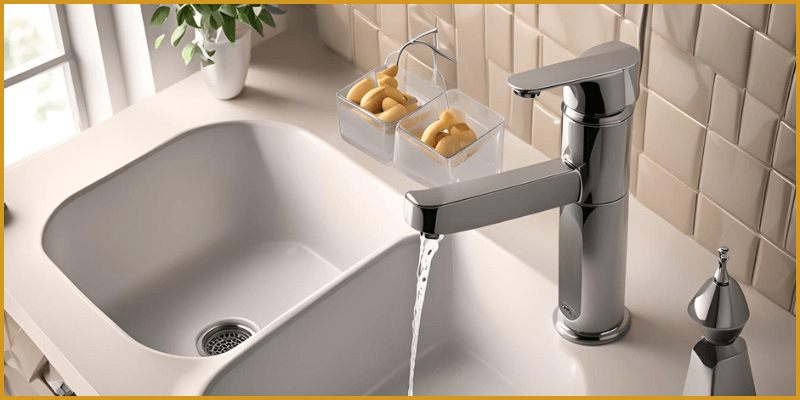
How to Remove a Pfister Kitchen Faucet in 10 Steps
If you follow the steps given below by an expert, you’ll get a ride on removing a Pfister kitchen fixture faucet issue.
Step 1: Turn Off the fluid Supply
To turn off the water supply, begin by locating the valves under your dip. Twist the valves clockwise to shut them off completely, preventing hydration from running through the faucet during withdrawal.
Step 2: Relieve liquid Pressure
With the water supply off, turn on the kitchen faucet to release any remaining air and pressure in the pipes. This step ensures a dry workspace for the rest of the procedure.
Step 3: Disconnect the aqua Lines
Carefully disconnect the water supply lines from the faucet using a monkey wrench. aqua that may drip out.
Step 4: Loosen the Mounting Nuts
Locate the mounting nuts securing the faucet to the submerge or countertop. These are usually found underneath the sink. Use a basin pipe wrench or a suitable tool to loosen the nuts counterclockwise.
Step 5: Remove the Faucet
Once the mounting nuts are loosened, gently lift the faucet away from the descent. You might need to wiggle it slightly to free it from caulk or sealant.
Step 6: Clean the plunge Area
After removing the faucet, clean the immersion area thoroughly to remove any grime, old plumber’s putty, or sealant residue.
Step 7: Check for Leaks
Before proceeding with a new faucet implementation, inspect the h2o supply lines and the dip area for any signs of leaks. Fixing these issues now will prevent future problems.
Step 8: Prepare for New Faucet Placement
Unpack your new faucet and verify that all needed parts are included. Read through the fitting instructions carefully before beginning the mounting process.
Step 9: Install the New Faucet
Follow the manufacturer’s instructions for your new faucet. Typically, this involves securing the faucet to the submerge with mounting nuts, connecting the fluid supply lines, and applying the plumber’s putty as needed.
Step 10: Test Your Work
Once the new faucet is installed, turn the fluid supply back on. Check for any leaks around the new faucet and ensure it operates smoothly. Make any necessary adjustments to complete the setup process.
By following these steps, you can remove a Pfister kitchen tap faucet and successfully prepare your kitchen sink area for a new faucet setup.
Shutting off the hydration supply
The initial and crucial step in removing a Pfister culinary space faucet—shutting off the hydration supply—can not be overstated.
This procedure is not just a mere formality but a fundamental action that ensures a safe and dry workspace, which is crucial for conducting the faucet extraction efficiently.
Turning off the iquid supply prevents potential flooding and hydration waste. Locating the shut-off valves under the plunge and turning them clockwise is straightforward, yet it’s a pivotal move.
Ensuring these valves are fully turned will give you peace of mind and a smooth start to your project. Remember,
Turning a valve sets the stage for a successful DIY plumbing project, underscoring the importance of paying attention to even the smallest details of home maintenance tasks.
Releasing Trapped aqua
After successfully shutting off the water supply, the next vital step is to release any trapped water within the faucet system.
This step is crucial as it ensures the workspace remains dry, which is essential for the detachment process to proceed smoothly and safely.
Leaving the faucet open after cutting off the water supply allows any remaining h2o in the pipes to drain out, effectively reducing the risk of unexpected fluid spillage that could potentially damage the area beneath the descend or your tools.
Additionally, releasing trapped water helps relieve pressure in the plumbing lines, making the disconnection of the hydration supply lines less risky and more manageable.
This straightforward yet essential procedure not only prepares the submerged area for the faucet removal but also minimizes the chances of hydration-related mishaps, making it a critical phase in the faucet disassembly process.
Detaching liquid lines
Detaching the water lines is a critical step that requires careful handling and precision. This phase involves disconnecting the faucet’s water supply lines from the main aqua supply, and you’ll need your socket wrench and some patience.
The key is to gently but firmly unscrew the connections using the adjustable wrench without damaging the lines or the fittings. It’s advisable to place a bucket or a towel underneath the connections to catch any residual water that might escape once the lines are disconnected.
This step prevents fluid from spilling over into your cabinet and marks the beginning of the actual withdrawal of the faucet from its position.
Ensuring a smooth disconnection of the hydration lines paves the way for a hassle-free faucet extraction, highlighting the importance of approach and technique in plumbing tasks.
Loosening Faucet Nuts
Loosening the faucet’s mounting nuts is a critical step in determining the ease with which the faucet can be removed from the plunger or countertop.
These nuts, typically hidden beneath the immerse, secure the faucet in place and require a specific tool for loosening—most commonly a basin adjustable wrench. The unique challenge here lies in the cramped workspace and the nuts’ position, which may be hard to see and reach.
Patience and the right angle are key. Gently turn the nuts counterclockwise, applying steady pressure.
This step might require multiple attempts or adjustments to your grip and tool positioning. Successfully loosening these nuts signals the near completion of the faucet elimination process, leading you closer to preparing the area for a new implementation.
Lifting Off the Faucet
After successfully loosening the mounting nuts, the detachment of the faucet becomes imminently straightforward.
Gently lifting the faucet off requires a careful balance to avoid damaging the dip surface. If the faucet has been in place for a long period of time, an unexpected challenge might arise. Corrosion or hard liquid deposits can essentially “glue” the faucet to the submerge.
Employing gentle but firm upward pressure allows the faucet to come free, marking a significant milestone in the faucet disassembly process.
This step signifies the faucet’s physical withdrawal and serves as a testament to the meticulous attention to detail and patience required throughout the dismantling procedure.
Cleaning the placement Area
Before installing your new faucet, it is crucial to clean the mounting area to ensure a seamless fit and finish.
Begin by wiping away any grime, old sealant, or aqua deposits with a soft cloth and a non-abrasive cleaner. For tougher stains or buildup, consider using a putty knife or a similar tool to gently scrape the area clean, taking care not to scratch the sink’s surface.
If you encounter hard fluid deposits, a solution of vinegar and H2O can be highly effective. Once thoroughly cleaned, dry the area with a clean cloth to prepare for the new AP fitting.
This step promotes a more hygienic kitchen environment, prevents future corrosion, and ensures that the new spigot sits flush against the descend, creating a hydration-tight seal.
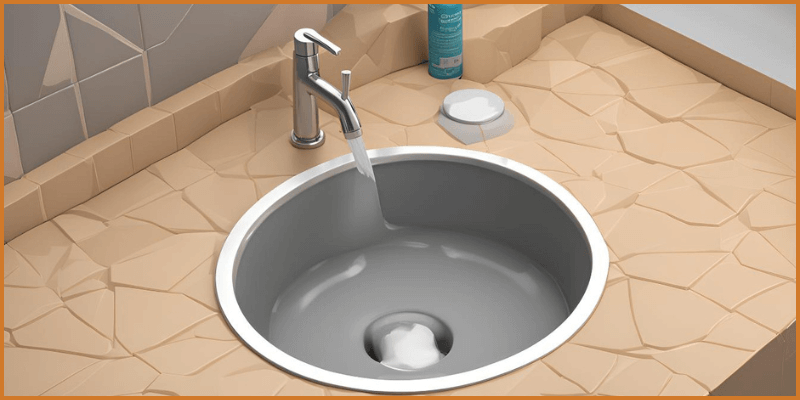
Inspecting for Leaks
Once your new valve is securely in place and all connections have been made, it’s imperative to inspect for leaks meticulously.
Turn on the liquid supply and observe all connection points closely, including the base of the spout and the supply line connections under the sink.
Should you notice any droplets of H2O or wetness, immediately turn off the aqua supply. Adjusting the connections might be necessary to ensure they are tight and secure.
Additionally, check the bibcock while it’s running and once it’s turned off, as some leaks may only be apparent under these conditions.
This step is crucial, as unnoticed leaks can damage fluids and contribute to mold growth. Completing this thorough inspection will give you peace of mind, knowing that your new faucet not only looks good but is also fully functional and leak-free.
Preparing for New Installation
Preparing for a new faucet setup is as crucial as the removal process, setting the stage for a smooth and successful upgrade of your kitchen or bathroom sink.
This phase involves ensuring you have the right tools and parts before implementing them. A new bibcock kit typically includes all necessary components, but it is advisable to double-check for the presence of mounting hardware, gaskets, and the correct type of spout that fits your sink’s configuration.
Additionally, it is essential to gauge the area to confirm that the new valve will not only fit the existing placement points
Gathering tools such as a basin monkey wrench, plumber’s tape, and a flashlight can also preempt any delays during the mounting process.
This preparatory step facilitates a smoother setup procedure your new spigot integration is executed with precision and care.
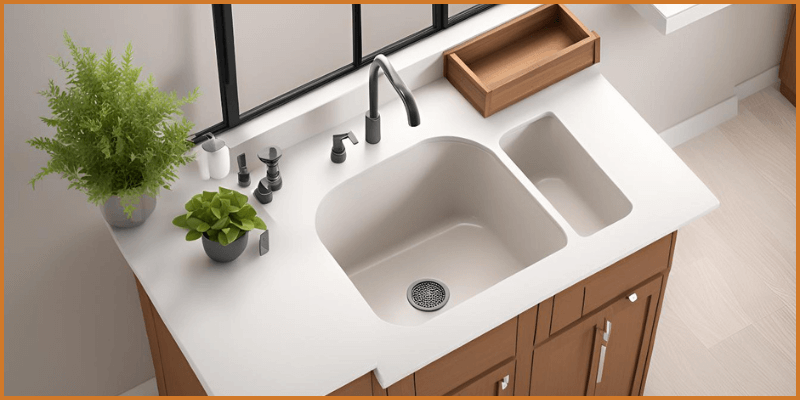
Mounting the New Faucet
Mounting the new AP is a pivotal step in the fitting process, transforming your sink from a state of disassembly to functional elegance.
Begin by carefully inserting the bibcock through the mounting holes in the sink. If your faucet comes with a gasket, place it between the sink and the spout to ensure a hydration-tight seal; otherwise, applying a bead of plumber’s silicone around the base will suffice.
Align the valve to sit squarely on the sink, ensuring it is positioned correctly for both aesthetic appeal and operational functionality. Next, from underneath the sink, secure the spigot by tightening the mounting nuts by hand and using a basin wrench for a snug fit.
Be cautious not to over-tighten, as this could damage the sink or the AP. This careful balance of firmness and delicacy lays the foundation for a stable and leak-free faucet implementation, signifying a significant leap toward the culmination of your kitchen or bathroom renovation project.
Conducting a Leak Test
After securely mounting your new bibcock, conducting a thorough leak test is paramount to ensuring the integrity of your placement.
allowing the system to pressurize gradually. Watch closely around the spout base, connections, and the ends of the supply lines for any signs of liquid escaping.
Using a dry paper towel, gently dab around these areas can help you detect any moisture that’s not immediately visible to the eye.
Should any leaks be discovered, immediately turn off the aqua supply and slightly adjust or re-tighten the connections as necessary.
Repeat this process until the system holds steady without any signs of leakage. This meticulous testing not only prevents potential H2O damage but also testifies to the quality and reliability of your implementation work.
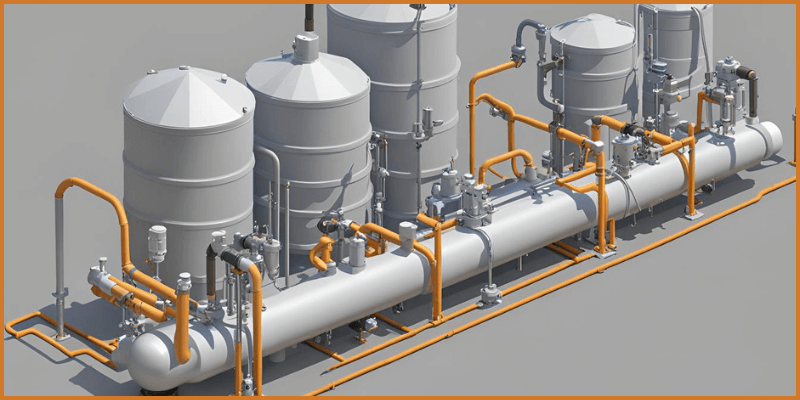
Conclusion
Successfully replacing a valve is a rewarding experience, and I hope this guide has helped you through the process.
From the initial removal of the old fixture to the detailed cleaning of the mounting area, inspecting for leaks, and carefully mounting and testing your new spigot, each step requires patience, precision, and a bit of know-how.
But, having done it myself, I can attest to the satisfaction of seeing a beautifully installed ap, functioning flawlessly without a single drip.
Remember, the keys to a successful setup are thorough preparation and not rushing through the steps. If you encounter challenges along the way, taking a moment to reassess and adjust your approach can make all the difference.
Whether you’re a seasoned DIY enthusiast or a first-timer, the sense of accomplishment in upgrading an essential part of your home is truly unmatched.
FAQs
How do we replace the cartridge in the Pfister single-handle kitchen faucet?
To replace the cartridge in a Pfister single-handle kitchen faucet, turn off the fluid supply, then remove the handle and retaining nut to access and replace the cartridge.
How do you remove the price of Pfister faucet handles?
To remove Price Pfister faucet handles, locate and loosen the set screw under the handle or at its base, then lift the handle off.

